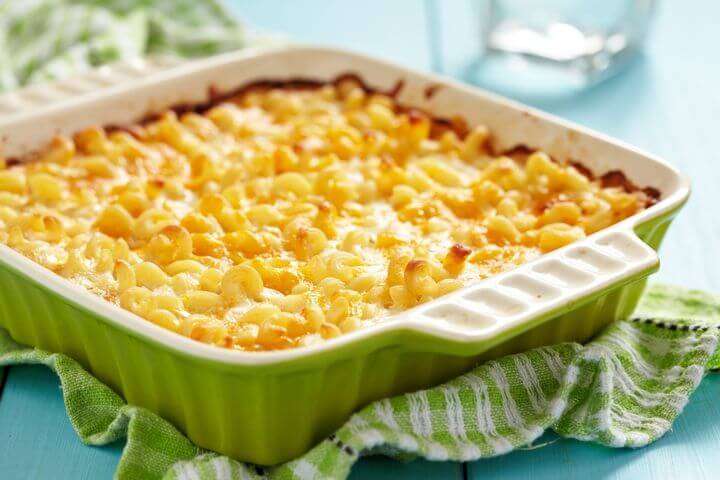Haiti is now big on flavor and big on the culinary scene. But that wasn’t always the case. In fact that wasn’t even the case for “Top Chef” Ron Duprat, who, despite a decade of being a “name” in the culinary scene, just figured good old fashioned cooking for the people was all he needed to feel fulfilled.
It’s really all about the macaroni, ” — Chef Ron Duprat with a big grin on his face.
Grit Daily: You started in the kitchen at a young age. Share that.
“You have to cook with that style.” — Chef Ron Duprat.Chef Ron Duprat: Cooking with my grandmother has always been a great experience for me I was able to learn the tradition . From these traditions, I was able to experience the power food had in bringing everyone together. I wanted to continue bringing people together with food.
GD: When did you know you’d be a full-time chef?
RD: After I worked at Little Italy with Phil and Anna Maronne. (Mic drops.)
GD: Top Chef and “Beat Bobby Flay.” Chefs used to not be “celebrities.” How did celebritization happen?
RD: This happened because of TV networks making cooking appealing to everyone, therefore, creating idolization of different chefs from all walks of life.
GD: Is it good for the industry or a distraction?
RD: It can be a distraction if you let it but there are more benefits to being a good chef, like being able to inspire others.
GD: You’ve returned to native Haiti and contributed to the community. How does that work?
RD: In the words of JFK “if we all do a little bit, the world will be a better place.” I joined with groups like Food for the Poor, (PADF) Pan-American Development and Republic Airline for a Better Haiti.
Through this joint effort I was able to go back to Haiti and provide food and construct homes for the less fortunate in Barriers Battan Haiti.
GD: Might you share one of your simplest but favorite recipes?
RD: You ready?
Baked Haitian Macaroni au Gratin
3½ cups uncooked Madame GouGousse macaroni
For the sauce:
3 tablespoons Buerre Margarette
¼ cup all-purpose flour
1 cup milk
1 cup cream
1 cup sharp cheddar (shredded)
1 cup medium cheddar (shredded)
¼ cup Parmesan (shredded)
⅔ Cup Gruyere
For the top:
½ cup sharp cheddar (shredded)
½ cup medium cheddar (shredded)
⅛ Cup Pecorino Romano
To make the sauce:
1. In a medium saucepan, melt the butter over medium heat, then stir in the flour and cook to make a blond roux.
2. Slowly add the milk and cream, whisking to avoid lumps, and bring to a simmer, stirring so it does not stick to the bottom of the pan.
3. Once it has thickened properly, shut off heat and add all cheeses and the paprika.
4. Stir until cheese is completely incorporated.
5. Salt to taste.
For the pasta:
1. In a medium stock pot, bring 3 quarts of water to a boil; season generously with Maldon salt with some good Spanish Olive.
2. Add the pasta, and cook until tender.
3. Drain the water.
Bring it all together:
1. Let both the pasta and the sauce cool for about five to 15 minutes.
2. Combine the pasta and the sauce, and check again for salt.
3. Transfer the mixture to a medium casserole dish, and cover with the cheese topping.
4. Place in the oven until the cheese is melted.

